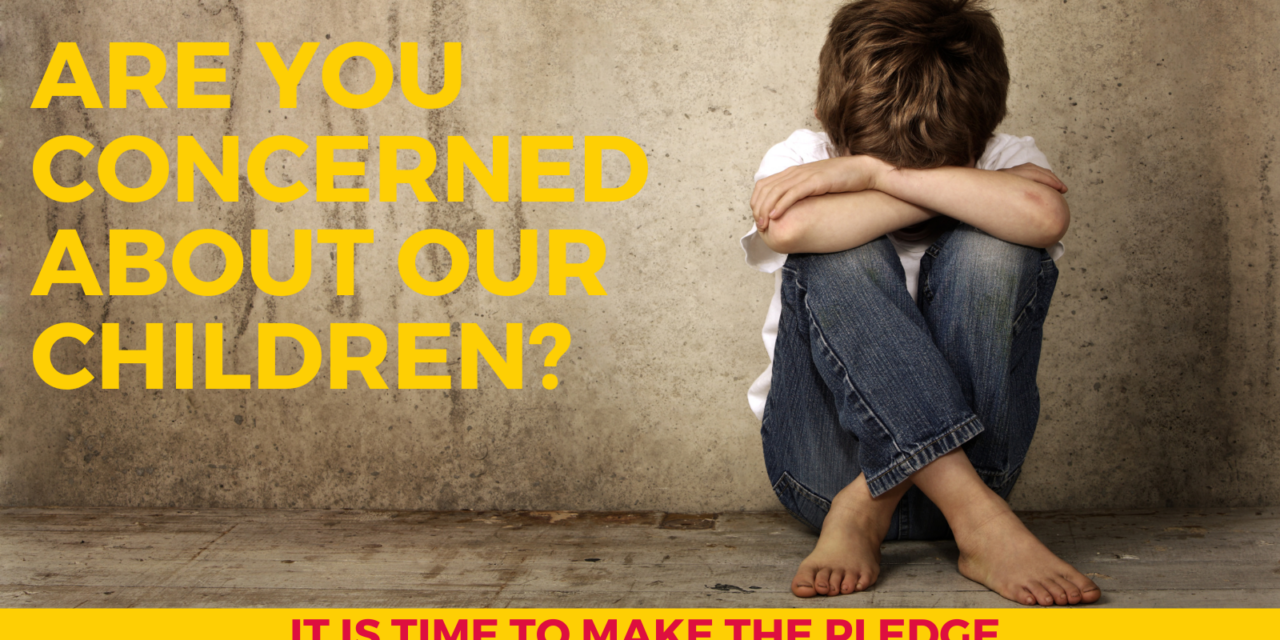Ensuring the Safety of Our Children: Essential Tips and Practices
Introduction: As parents and caregivers, our highest priority is the safety and well-being of our children. In an ever-changing world, it’s crucial to stay informed and proactive in safeguarding their physical and emotional health. By implementing a few key strategies and practices, we can create a nurturing environment where our children can thrive while minimizing potential risks. In this post, we will explore some fundamental tips to help keep our children safe.
- Open Communication: Establishing open and honest communication with your children is paramount. Encourage them to express their thoughts, concerns, and fears without fear of judgment or reprisal. By actively listening, you can identify potential dangers, address any issues promptly, and provide appropriate guidance.
- Educate about Personal Safety: Teach your children about personal safety, including the importance of setting boundaries and recognizing inappropriate behavior. Empower them to say “no” when they feel uncomfortable and to immediately report any suspicious or uncomfortable situations to a trusted adult. Educate them about body autonomy and the concept of consent from an early age.
- Online Safety: With the increasing presence of technology in our lives, educating children about online safety is crucial. Set clear guidelines regarding internet usage, including safe websites, appropriate content, and the importance of privacy. Teach them about online threats, such as cyberbullying and identity theft, and encourage them to share any concerning experiences with you.
- Childproofing the Environment: Create a safe physical environment for your children by childproofing your home. Install safety gates, secure heavy furniture, and use outlet covers to prevent accidents. Keep hazardous substances, sharp objects, and choking hazards out of reach. Regularly inspect and maintain safety features such as smoke detectors, fire extinguishers, and window locks.
- Teach Road Safety: Road safety is crucial to protect children from accidents. Teach them about traffic rules, including the importance of using pedestrian crossings, looking both ways before crossing the road, and wearing reflective clothing in low-light conditions. Accompany young children when they are walking or cycling, and ensure they always wear helmets.
- Establish Safety Rules: Establish clear safety rules and boundaries within your family. Teach your children about the potential dangers of wandering off alone, talking to strangers, or accepting gifts from unknown individuals. Encourage them to share their whereabouts with you and establish a system for them to check-in regularly when they’re away from home.
- Develop Trusted Relationships: Foster relationships with trusted adults in your child’s life, such as teachers, coaches, and family friends. Regularly communicate with these individuals to ensure everyone is on the same page when it comes to your child’s safety. Encourage your child to confide in these trusted adults if they feel uncomfortable or threatened in any situation.
- Practice Emergency Preparedness: Prepare your children for emergencies by teaching them what to do in different scenarios. Practice fire drills, teach them how to call emergency services, and educate them on basic first aid techniques. Ensure they know their full name, address, and your contact information.
Conclusion: Ensuring the safety of our children requires a combination of vigilance, education, and open communication. By implementing these essential tips, we can create a secure environment where our children can grow, explore, and thrive while minimizing potential risks. Remember, safety is an ongoing process, and it’s important to adapt and evolve our strategies as our children grow older and face new challenges. Together, let’s prioritize the well-being of our children and empower them to lead safe and fulfilling lives.


